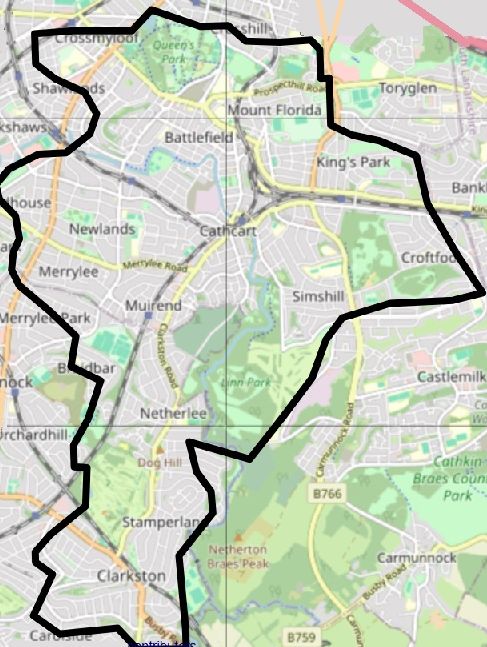
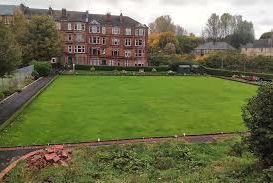
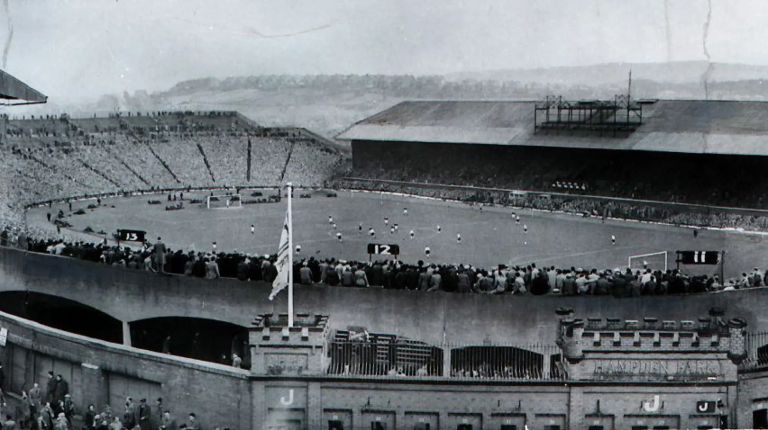
Cathcart - the Cradle of Scottish Football
(and Uruguayan, a bit of English and Argentinian and almost Brazilian)
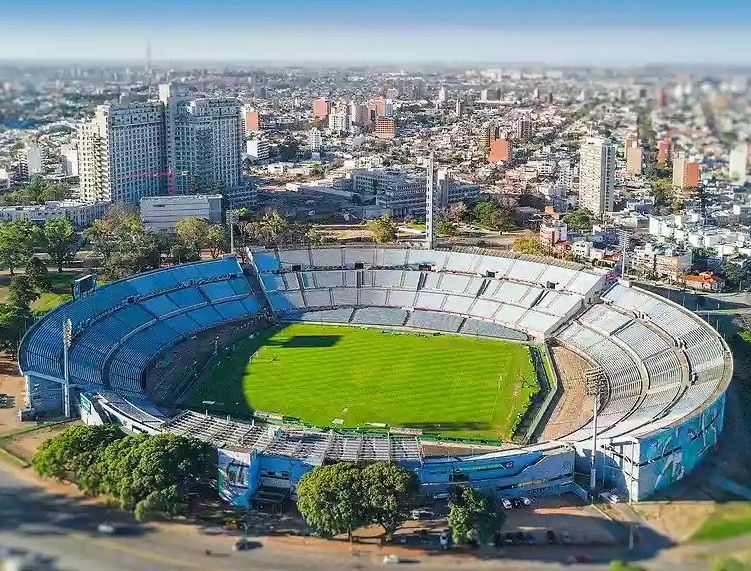
Cathcart, once in Renfrewshire, now in Glasgow, is both a village-suburb and a parish. This piece incorporates the former but is about the latter, from almost the Clyde in the north to almost Busby in the south, Linn in the east and Crossmyloof or so to the west, and the role it has played and continues to play in cradling football, our football, Association football, in Scotland and creating it elsewhere.
The birth of our football in Scotland, not the Scottish game itself, in reality took place on the last day of November 1872 and at Hamilton Crescent in Partick, also then not in Glasgow. That would require another forty years. And it was there for a reason, one quite possibly decided upon, indeed hatched at the Queen's Park Football Club in Cathcart but needing to be implemented elsewhere because the parish had no suitable venue; at least not quite yet. The first Hampden Park, in part now Hampden Bowling Club, would not be opened until the following year and become an international ground in 1878. Although in 1876 it did host the replay of what might rightly be called the Cathcart Cup Final between its owners, Queen's, and its nearest neighbours, the now defunct Third Lanark, its grounds, the first Cathkin Park in Crosshill and just half a mile away. Indeed, the second Hampden Park, in what we now call Cathkin Park after the original, would from 1903 to 1967 also become the new but second stadium of The Thirds, having been used by Queen's from 1884 until 1903. For it was then that the earliest version of what we now know as The National Stadium was completed on Mount Florida with beside it the fourth or Lesser Hampden, known previously as Clincart Farm, now as The City Stadium and from this, the 2025-6 season, the latest home of the club, the doyen club that had made it all possible.
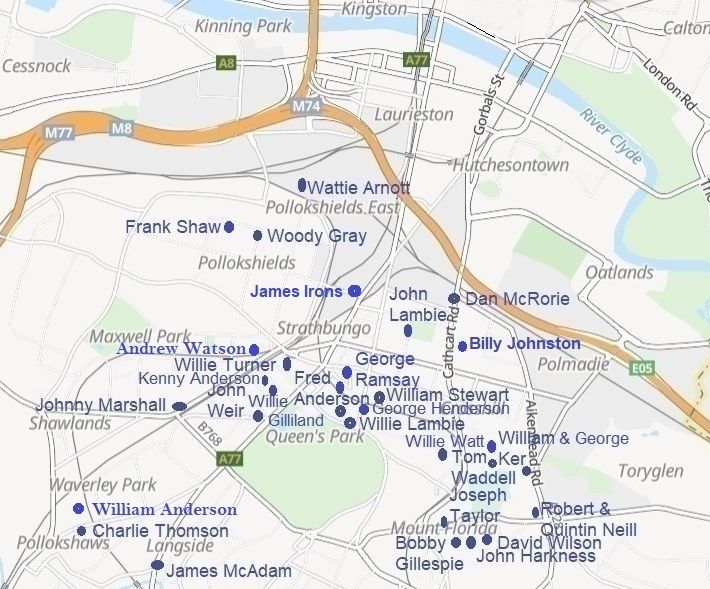
For it is almost, stress almost, axiomatic that without Queen's Park, the club, there might well be no Scottish football. The club would be pivotal through its acceptance in 1871 of the rules of the Football Association in London and its willingness in the early days to apostolise and demonstrate the game wherever it could. Moreover, its participation in the semi-final, albeit in very advantageous circumstances, of the first (English) FA Cup and then provision officially of the entire Scotland eleven in 1872 for that first and drawn international were the sparks that set alight what North of Border at least flamed into a special passion for the game that even today persists.
The facts are that within five years of Queen's Park's emergence as our game's doyen club and within a stone's throw of their grounds there were eight others, all formed by and needing players and also producing them. The concentration over the years of the best or best-known of them alone is there to be seen.
And already by the middle of the 1870s players were having their effect elsewhere, as was passion also spreading out. In 1876 George Ramsay, having played for two of those local teams, Oxford and Rovers, had taken himself south to Birmingham, there almost immediately to be instrumental in the creation of Aston Villa. And a year earlier still a young boy, four years at the time, had left Crosshill with his family for Argentina, specifically for the northern pampas and the then town of Cordoba, never to return. He would die there in 1922 in what has become a city of 1.6 milion.
The boy's name was Arthur Hughes. His father was a physicist going to work at an observatory that had been constructed there but Arturo would find work on the British-owned railways but clearly have interests the British community in Cordoba and have or develop it in football. He would he instrumental in the construction of the city's Barrio Ingles and when employees at the railway company itself wanted to form the club that is now Argentine First Division Talleres de Cordoba aka Club Atletico Talleres, Talleres meaning workshops, he found its first ground.
And nor does Cathcart's influence on major clubs, even in Britain, end there. In 1895 Sheffield Wednesday won the FA Cup. At inside-right was Alex Brady, considered to be one of the three or four most talented Scottish players never to have played for his country, but unlike the others not because, whilst being raised a Scot in Scottish football, he had been born in England. He had been raised in Renton, learning the game there, but he had been born at Burnbank by Cathcart station. His father was a cotton dyer, who had worked at the mill there before finding similar in the Vale of Leven. And the reason for Alex never pulling on the blue jersey - at sixteen he was so good and already at the start of, including one at Celtic, a sixteen years professional, which for ten of them made him by the rules of the time ineligible.
And so to Celtic itself. It is said that on a December evening in 1887 a small group of men chapped on a door on the Clarkston Road in New Cathcart. One was a priest, Brother Walfrid, the founder of the club, another John Glass and they had come to try to sign the eldest son of a Drill Hall sergeant and already a Partick Thistle player. He was Tom Maley. But he was not home. He was out courting the girl he would later marry. And so the story is that instead of Tom his younger brother, Willie, was recruited, and from Third Lanark, not instead but in addition because both brothers would soon take the field for the Parkhead club. And whilst Tom would for several years successfully play as an amateur, whilst also teaching, before going on to manage Manchester to the FA Cup in 1904 and Bradford City into the top-flight, Willie would have a decade in Glasgow's East End as a player, win three Scottish caps he should not have (because he had been born in Ireland), from 1897 manage The Hoops for forty-three years but in death in 1958 remain true to his South Suburban roots. He is buried in Cathcart Cemetery.
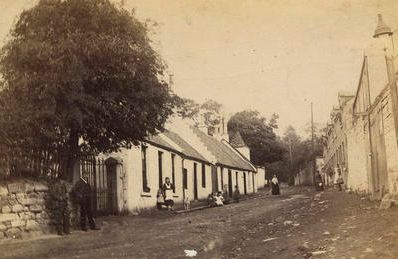
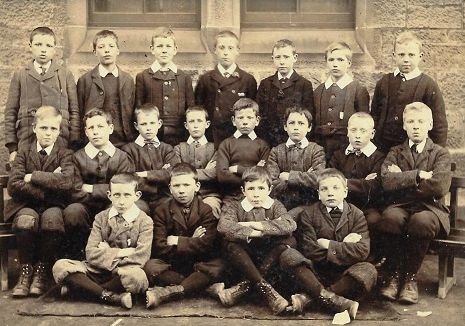
(Johnny Harley, front row, second from left)
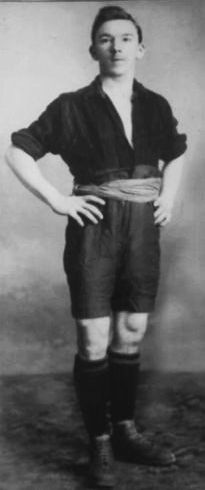
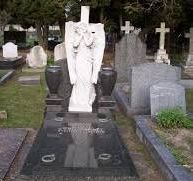
And between the Maley family-home and Willy Maley's last resting-place there is a location that, in global, footballing terms, could be considered more important than either but remains entirely unrecognised. It is Braehead over the Snuff Mill Bridge and a short distance up. And in 1886 it saw the birth of one of the most important figures in South American, specifically Uruguayan football. His name is John (Johnny) Harley, who as a young railway engineer found his way first to Argentina twice, to Bahia Blanca and then to Buenos Aires, before, through football, crossing the River Plate to Montevideo to stay.
And there at the company team of his employers, the Central Uruguayan Railway, that morphed to today's top, professional club, Penarol, he introduced to it and his newly adopted country the very much Scottish style of play that would win it two early Olympic golds, plus the first ever, indeed the first two World Cups it entered and he personally was also instrumental in the South American game becoming multi-racial. At Penarol he had on the basis of ability introduced Black players to the team and when at the first South American Championship in 1916 an objection was lodged by others about playing "Africans" Uruguay saw it off.
Thus it is that "El Yoni", Cathcart-born, raised, following the early death of his mother, on Holmhead Crescent by his widowed father, also Cathcart-born, educated at the local public-school and learning his early football in the village is buried in the Uruguayan capital, where his descendants still stay. His immaculately-kept grave is in Montevideo's British Cemetery, honoured to this day. But in Cathcart there is no real recognition, never mind memorial, some-thing that is in sharp contrast to near- contemporary, Tommy Donohoe. He was born, raised and learned his football just yards across the parish boundary in Busby. There there is a bust and plinth in memory of him as a taker of football again to South America; in his case Brazil. It goes some way to reflecting the 30 - foot plinth and golden statue in Bangu by Rio de Janeiro commemorating him as a founder of the town's football-club. But, whilst the Busby-boy is a major figure in the Brazilian game, Cathcart's son is, if anything, one step higher still, with a pivotal place in wider Latin-American and the World terms.
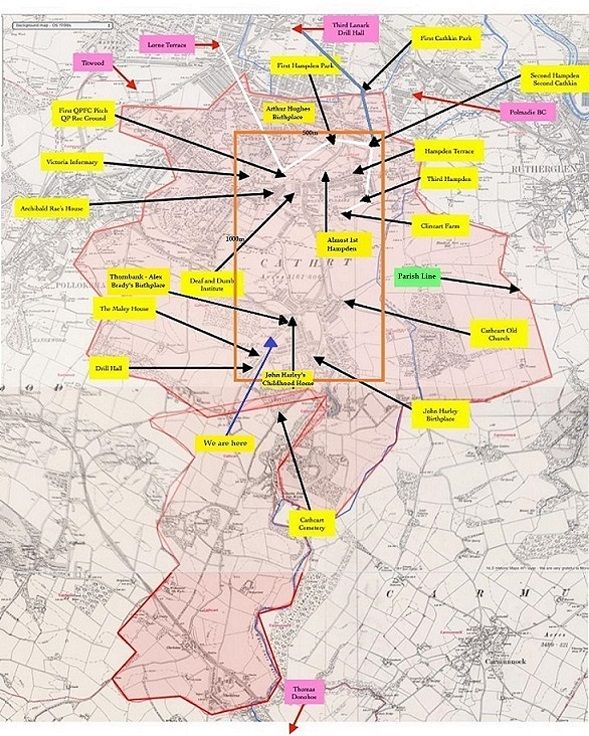
And it is to Cathcart village, specifically to its cemetery, that we lastly turn. Beautiful it is too, a place for a tranquil walk, but sadly far from immaculate, yet if there is world-wide a more important resting place for football’s early movers and shakers we have yet to hear of never mind see it. It is, including Willie Maley the last resting-places of at least 16 of Scotland’s greatest players, pre-Second World War and others post, notably Tommy Burns. Nine more were cremated at neighbouring Linn Park. It contains lairs of footballing ambassadors, administrators and managers too. From the earliest days there is the grave, restored by his family, maintained by us, of Joe Taylor, Scotland’s first full-back. Wattie Arnott's has been restored also. Hugh MacColl, the captain of the winning team in the first, officially-recognised football match in Spain is there, Toffee McColl too, amongst others, as is Rangers first manager, William Wilton. George Pattullo has a memorial. He, when playing for Barcelona, had a better goals-to-games ratio than Lionel Messi. And there are others, all of whom lie in area of 500 by 300 yards on the southern edge of a concentration, the cradle of footballing pasts and presents two thirds of a mile by half and all within a larger catchment over half a century of players to Scotland, Britain and the World little more than two miles by one.
Back to the SFHG Home page